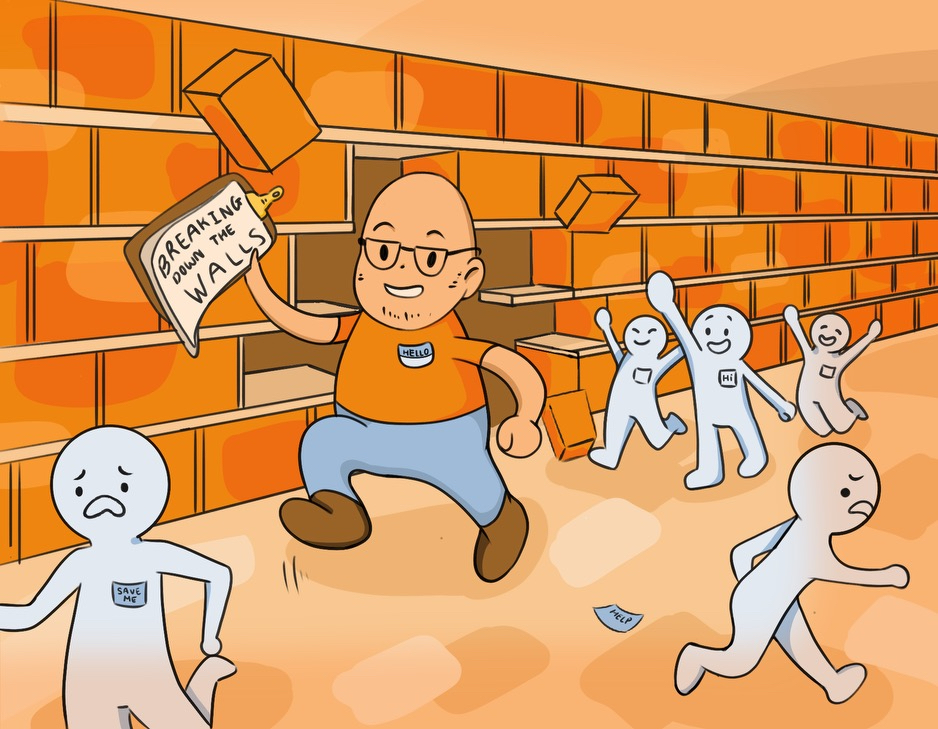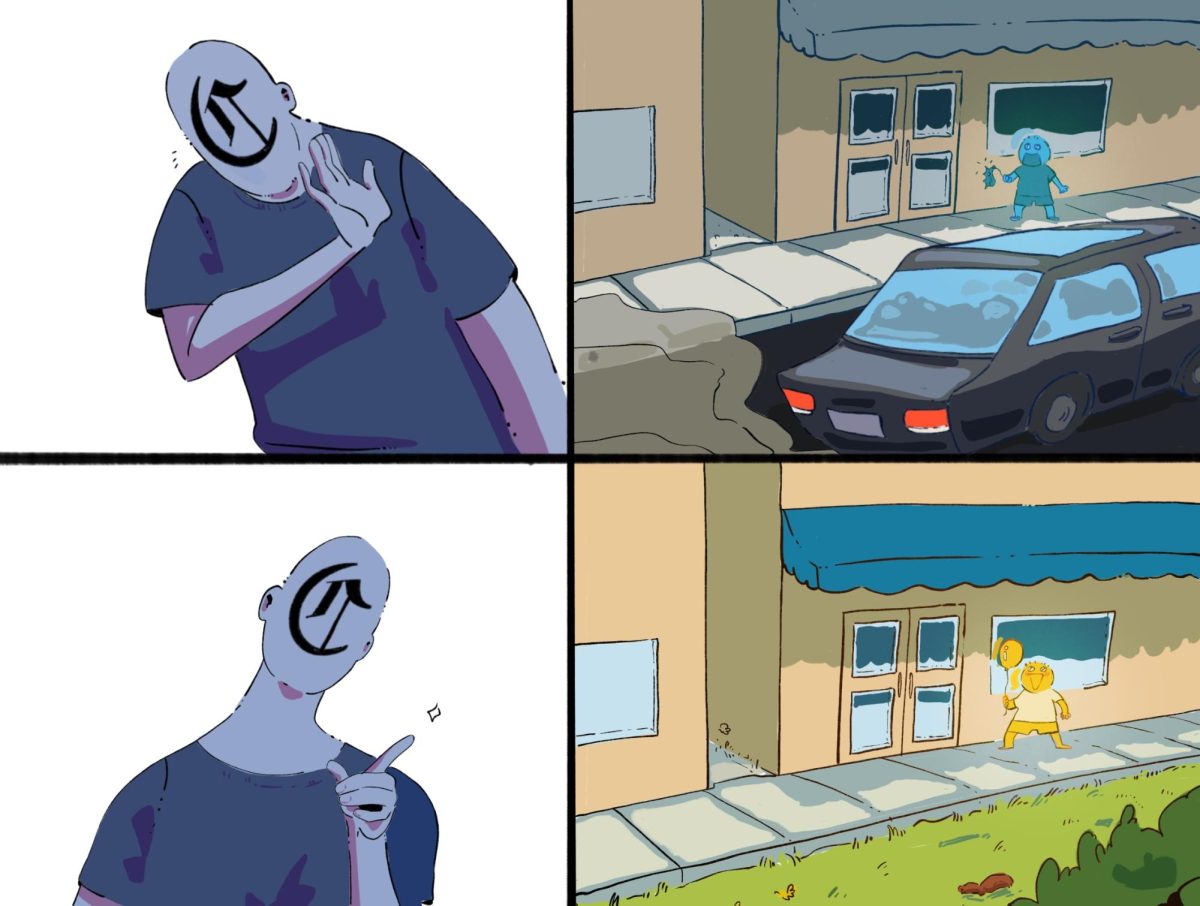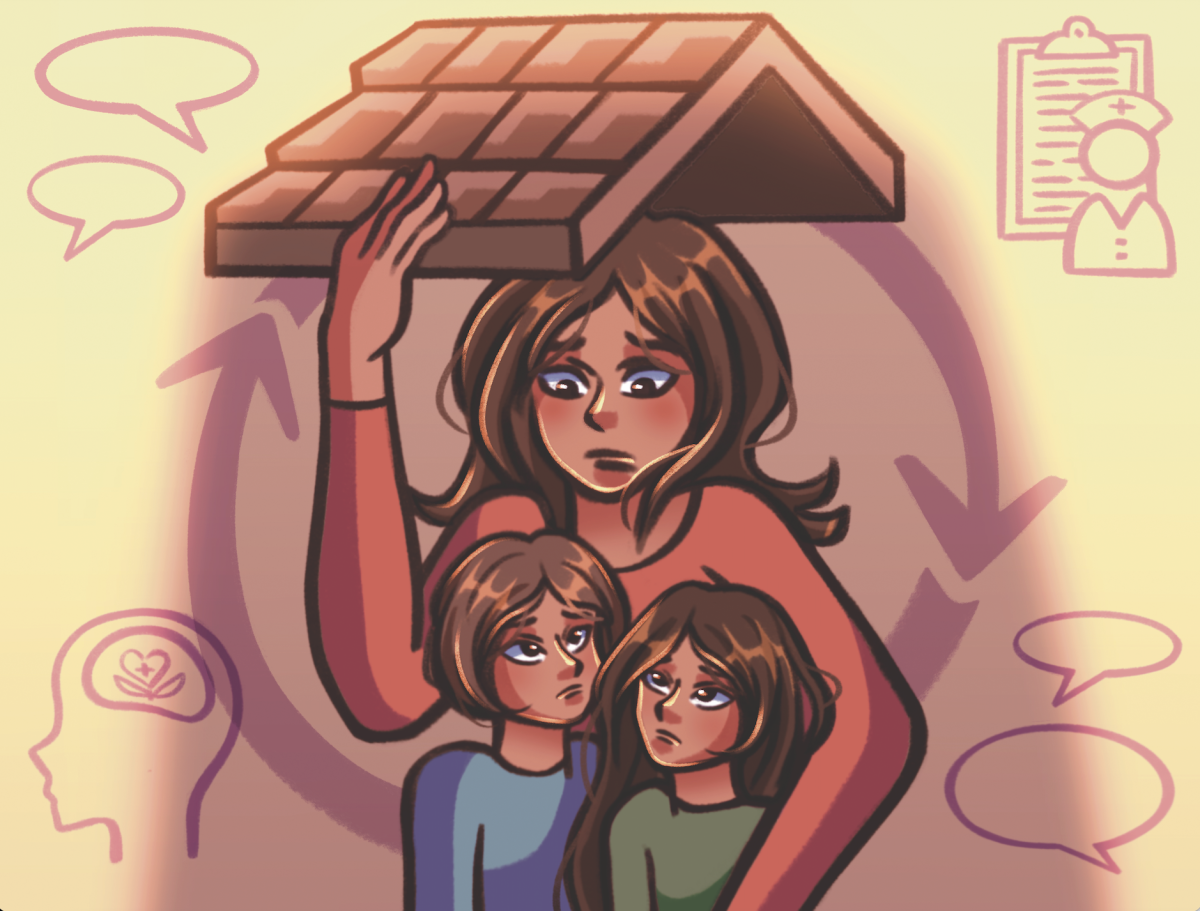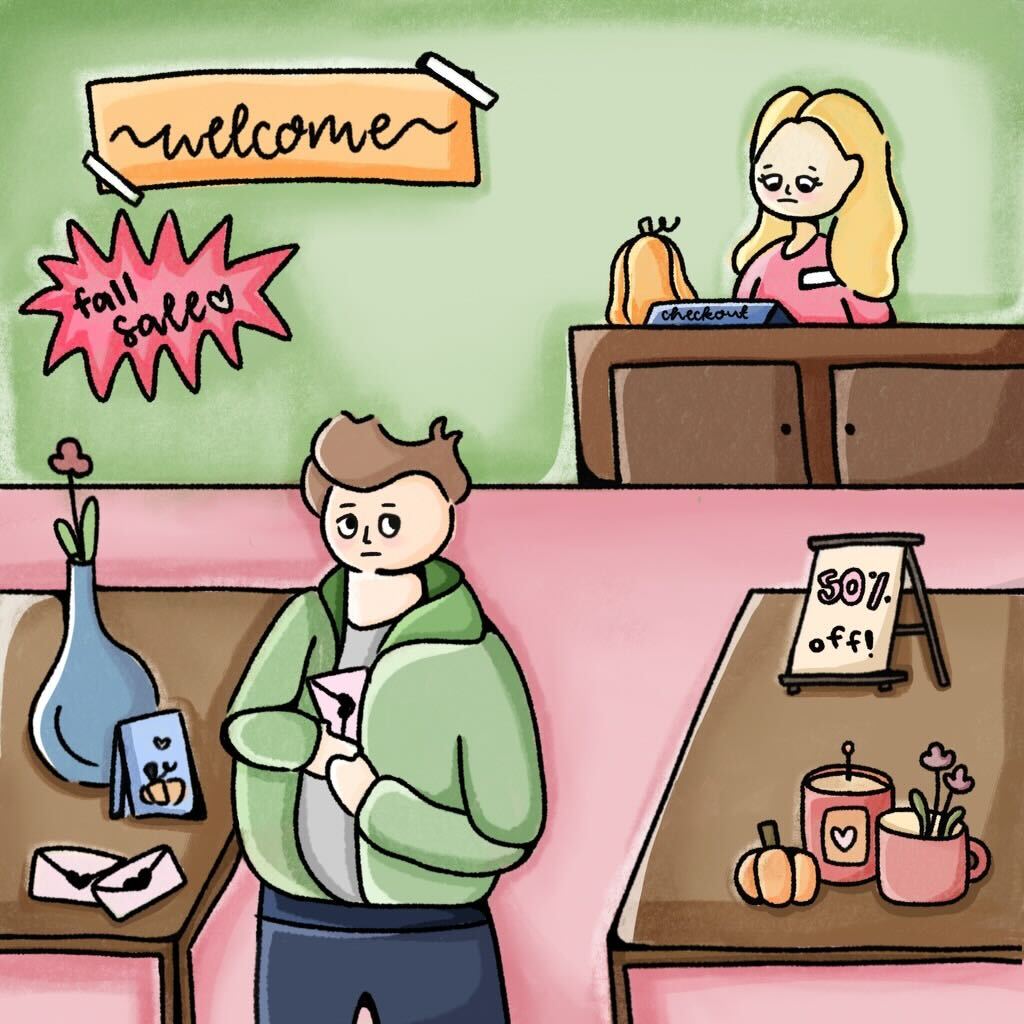Editor’s note: This story is the first installment of a series of articles addressing the inequalities in our city, our community and our school.
The divide between East Palo Alto and Palo Alto is undeniable. From the achievement gap to the literal splitting of the cities by the Bayshore Freeway, East Palo Alto and Palo Alto face a breach so large many East Palo Alto residents attending school in Palo Alto feel like they live two separate lives, former East Palo Alto Mayor Laura Martinez said.
“I feel like I grew up in two cities because I had friends and extracurricular activities after school in both,” Martinez said. “It was like living in two worlds.”
For an affluent city that preaches racial tolerance, Palo Alto’s controversial history with fair housing issues is often ignored. Despite being located across the country from the Jim Crow era south, the Palo Alto of the early to mid-1900s exhibited segregationist behaviors.
From egregious redlining to Klan rallies on University Avenue, the racist tendencies of Palo Alto’s history have long-lasting effects on today’s Palo Alto, particularly for minorities and students of color.
The History:
Palo Alto entered the 20th century as a town of around 1,500 according to the United States Census but quickly grew to 6,000 by 1920. However, increases in the Black and Asian populations of Palo Alto during this time period prompted the Chamber of Commerce to pass a resolution vowing to force all incoming minority residents into a segregated district.
The Northern California American Civil Liberties Union of Northern California described the spirit of the resolution as a guideline for realtors in the Palo Alto housing market.
The real estate industry carried out these segregationalist policies using a combination of block-busting, where realtors identify neighborhoods to sell houses to African Americans and encourage white residents to leave, white-only deed restrictions and not insuring mortgages in non-white neighborhoods.
These actions pushed minority buyers into what would later become East Palo Alto. Incorporated in 1983, the city had a 60% Black population at that time, compared to the 2.3% black population in Palo Alto. The racial makeup of East Palo Alto has shifted to predominantly Hispanic or Latinx, but, whether through segregational real-estate practices or unequal housing opportunities, the redlining of Palo Alto continues.
The 101:
The Bayshore Freeway, a segment of Highway 101, splits Palo Alto and East Palo Alto into two cities and redirects residents of color away from Palo Alto.
Initially constructed in 1962, the freeway contributes to the economic and racial segregation of Palo Alto and East Palo Alto, as visible today in Palo Alto’s lack of Black and Latinx residents. According to 2019 Census data, only 1.6% of Palo Alto residents identify as African American. In East Palo Alto over 10% of residents identify as African American. The percent of people who identify as white in Palo Alto is nearly 60%, while in East Palo Alto the number is 30%. These are still two different cities, and barriers built in the past hinder meaningful change.
Gentrification:
The dramatic differences in education and housing opportunity between Palo Alto and East Palo Alto provide a clear example of the effects of redlining. Known as the murder capital of the world in 1992, East Palo Alto has re-established its image as a safe, suburban, Silicon Valley suburb. But because of its proximity to Stanford and major tech corporations, it has also become subject to the effects of gentrification.
According to Census data, East Palo Alto’s racial demographic has seen a significant decrease in its Black residents. In 1980, 55% of the city’s residents were Black. In 2013, that number fell to 15%. East Palo Alto’s median household income has shown minimal growth from $39,597 in 1980 to $46,932 in 2013. This loss of Black residents is a clear indicator of residential displacement. As housing prices increase but wages remain relatively stagnant, this disparity median forces long-time residents to exit the city.
East Palo Alto, previously considered a backwater of affluent Silicon Valley, has seen steady increases in the cost of living and is nearly as unaffordable as Palo Alto. High rent and mortgage rates from increasingly high property values force low-income residents to relocate to lower-income neighborhoods.
Palo Alto Historical Association member Steve Staiger said while many East Palo Alto residents were forced out of the city because of the surge in housing prices, some chose to leave because their neighborhoods became gentrified.
“Part of it is there was a sizable population of Black people in East Palo Alto who, as they got older, were suddenly owning a house with much greater value in a community they maybe didn’t want because it was changing,” Staiger said. “I think there are others who definitely got pushed out, but for those who earlier had bought the property … as the property value went up and their community became less a part of them and they became less a part of the community, it was easier for them to leave.”











